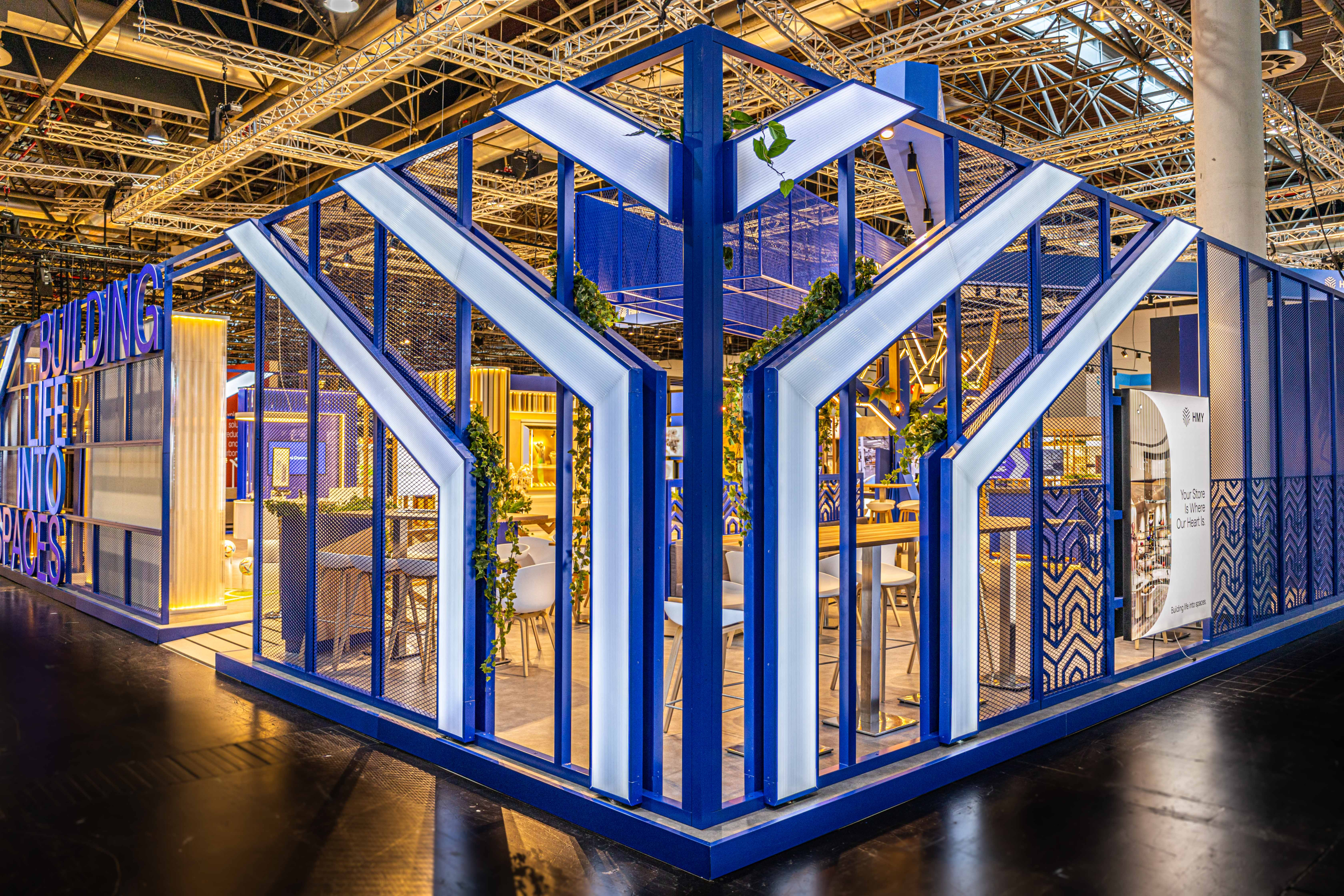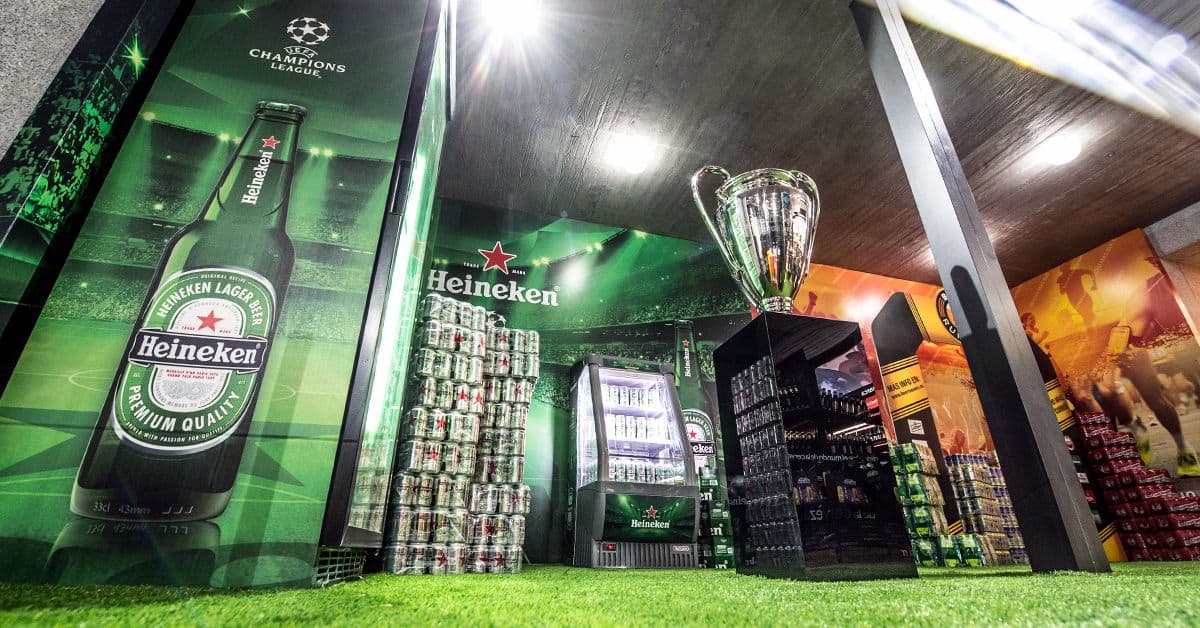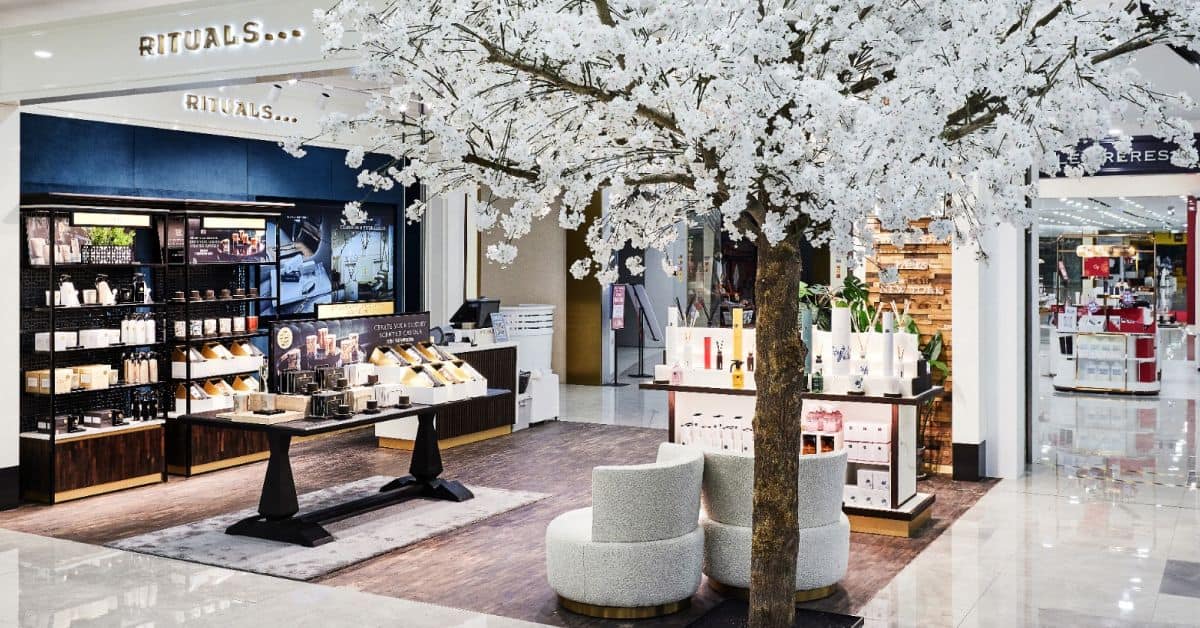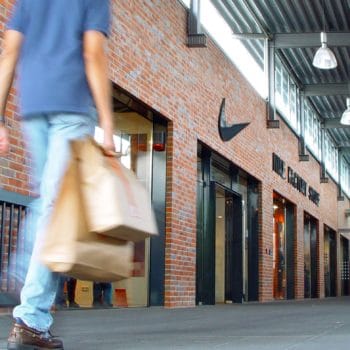Selling is not a matter that exclusively depends on need and price. The shopping experience and how the products are displayed greatly influence whether the consumer decides to buy a product.
What is visual merchandising?
Visual merchandising is a retail sales strategy that takes advantage of the physical elements of the store to reinforce the presence of products and increase sales. Some examples of visual merchandising in stores are found in mannequins, shop windows, gondolas, etc.
It is therefore an area closely linked to window dressing, which aims to attract visitors and boost sales.
Importance of visual merchandising
Visual merchandising is an element of great importance within any store since it serves not only to attract new customers, but also as inspiration. In the end, consumers not only purchase out of necessity, but because they are drawn to products. Visual merchandising thus helps us to make our products more appealing and, of course, increase our sales.
However, we must bear in mind that good visual merchandising is not everything. It certainly contributes greatly to our store’s appearance, but we must also consider other elements such as the environment, lighting and spaces in our store. A good combination of these elements are those that will help us achieve a memorable shopping experience for our customers.
Tips to improve your visual merchandising
Colour
Although the colour may be marked by our style and brand book, we must bear in mind that colours play an essential role when it comes to catching the public’s attention and getting them to look at the products in our store.
Creating contrast between colours is essential, so that we can highlight some elements of our visual merchandising.
Storytelling
To tell a story, you don’t need a long text, not even words sometimes. The visual elements of our store can reinforce the need for our products or highlight why they should be purchased in a way that conveys or reminds the public of a story.
Avoid saturation
We tend to want to show and highlight everything, but that is simply impossible. If we want to catch the public’s attention, we must show as many products as possible, but always avoiding saturation and playing with empty spaces to give greater relevance to the products.
Give your spaces a theme
Take the opportunity to give a theme to the spaces in your store through visual merchandising. Giving a theme to our spaces helps our storytelling to work more effectively and also offers a more consistent image for the customer.
How to improve your store’s visual merchandising
If you need professional help, at HMY we have more than 60 years of experience in retail and we can help optimise your store’s processes and performance. Contact us to find out more.








































